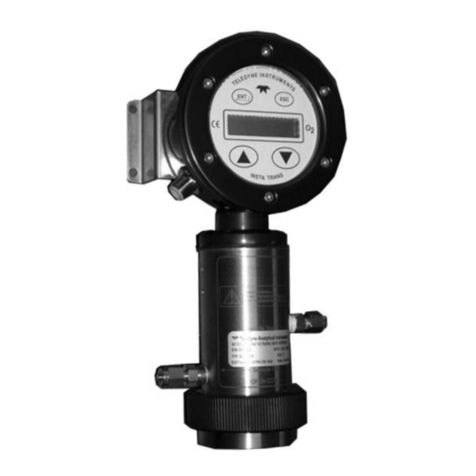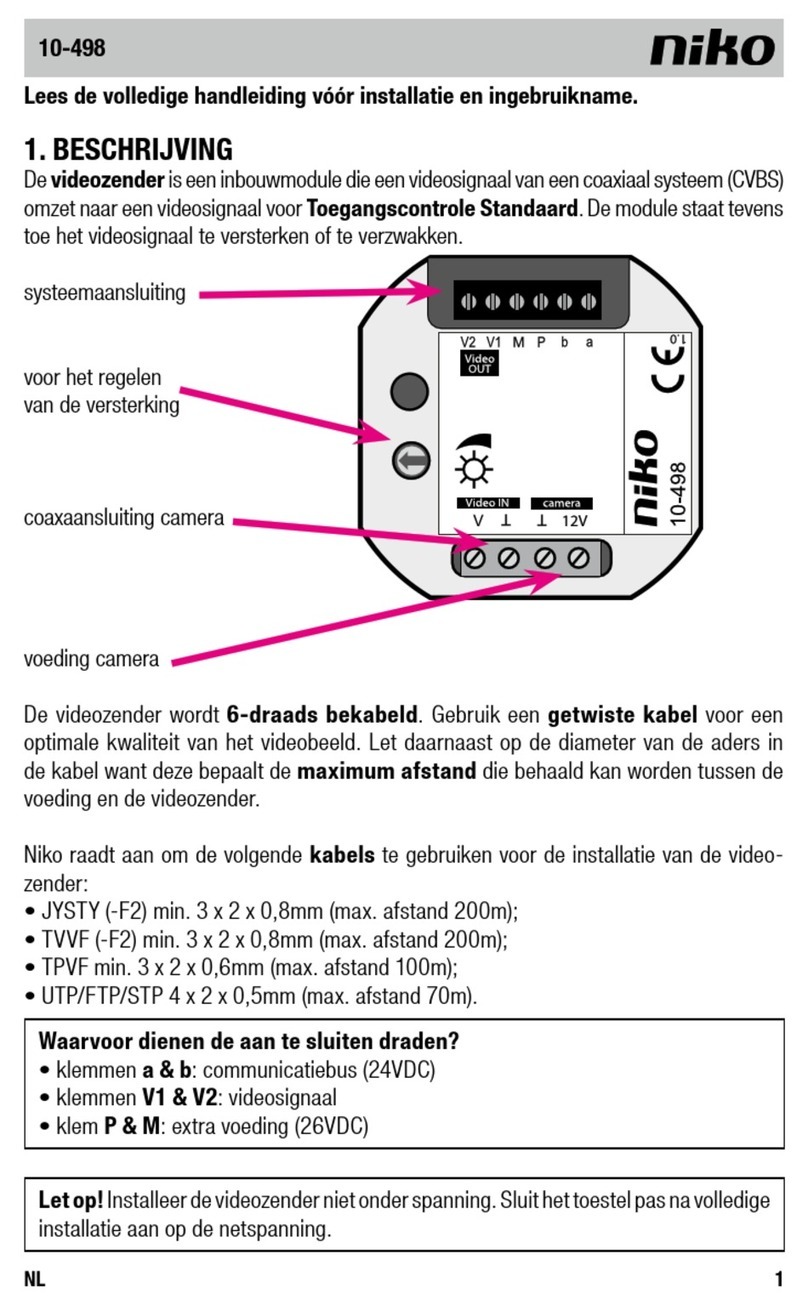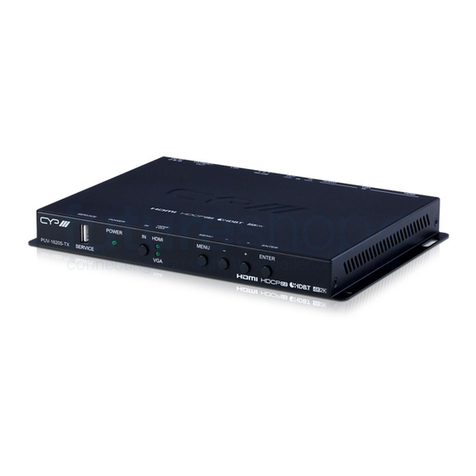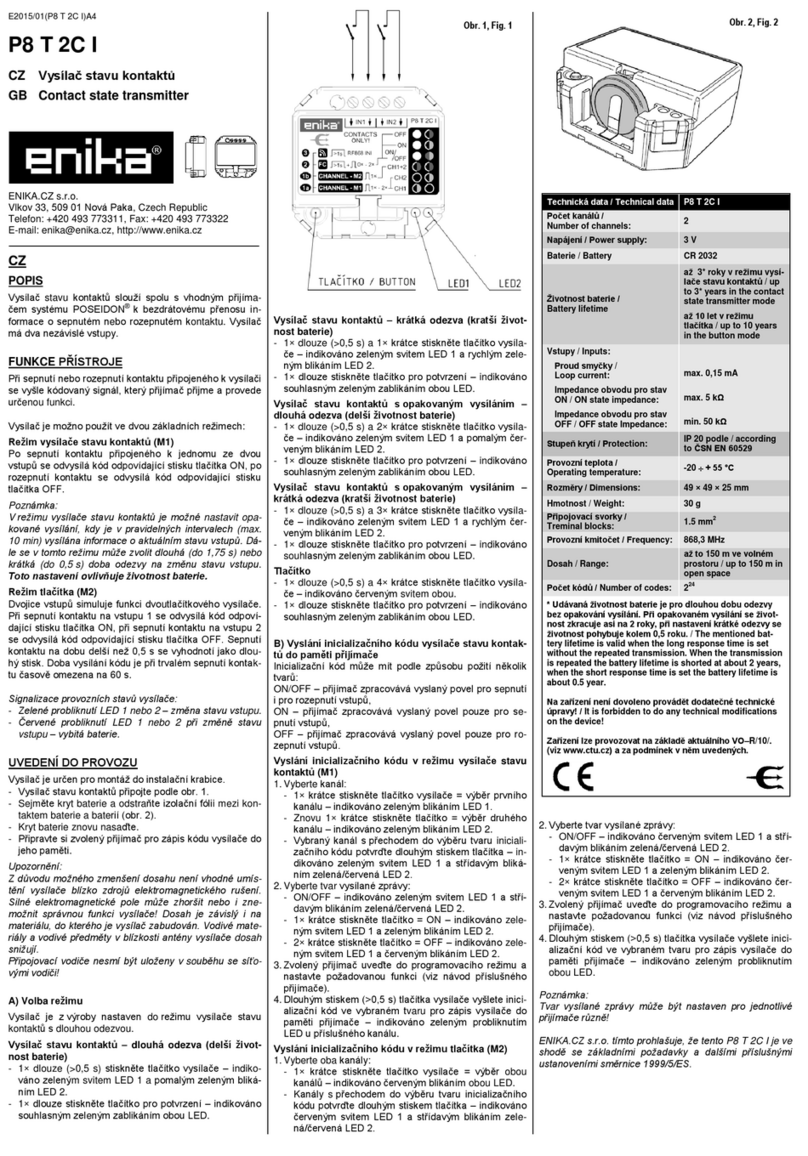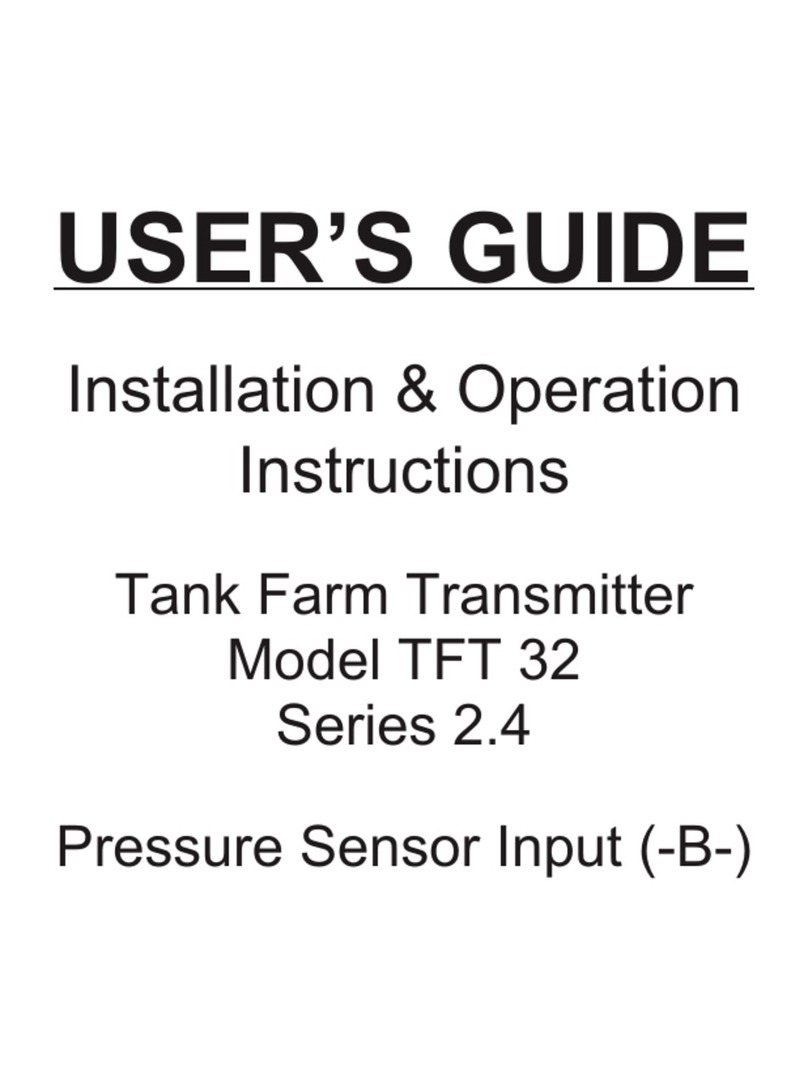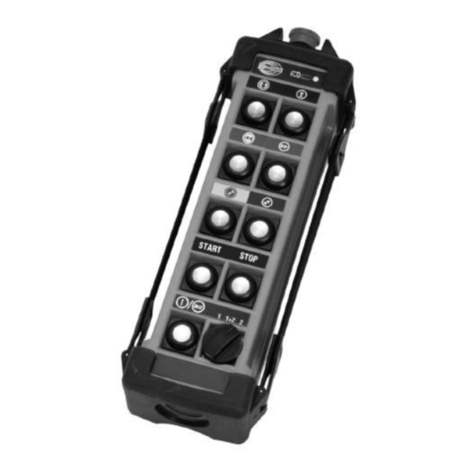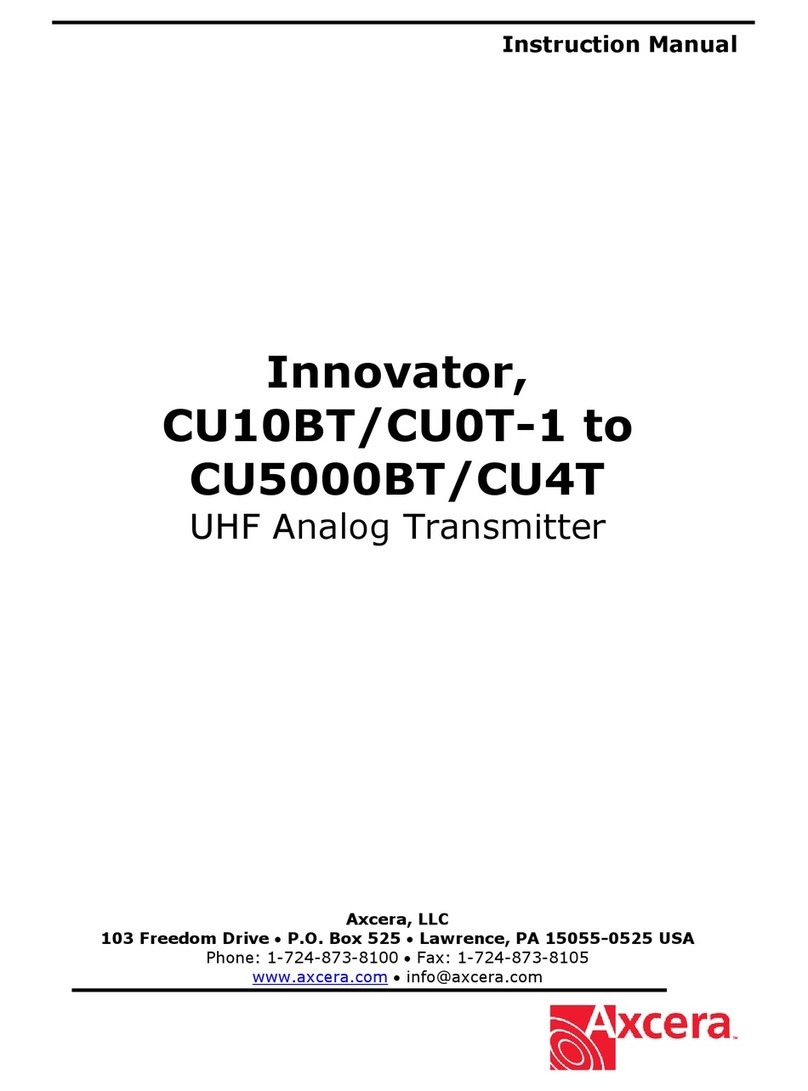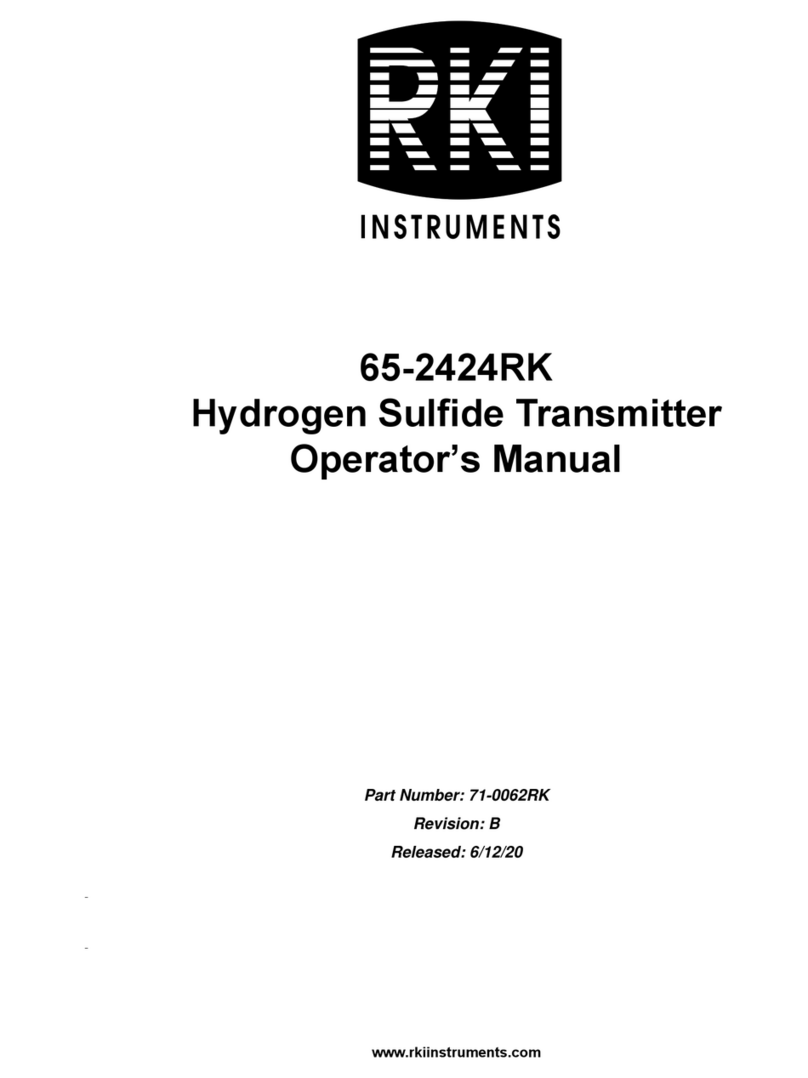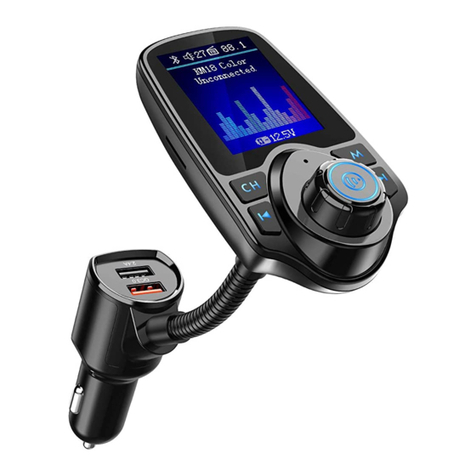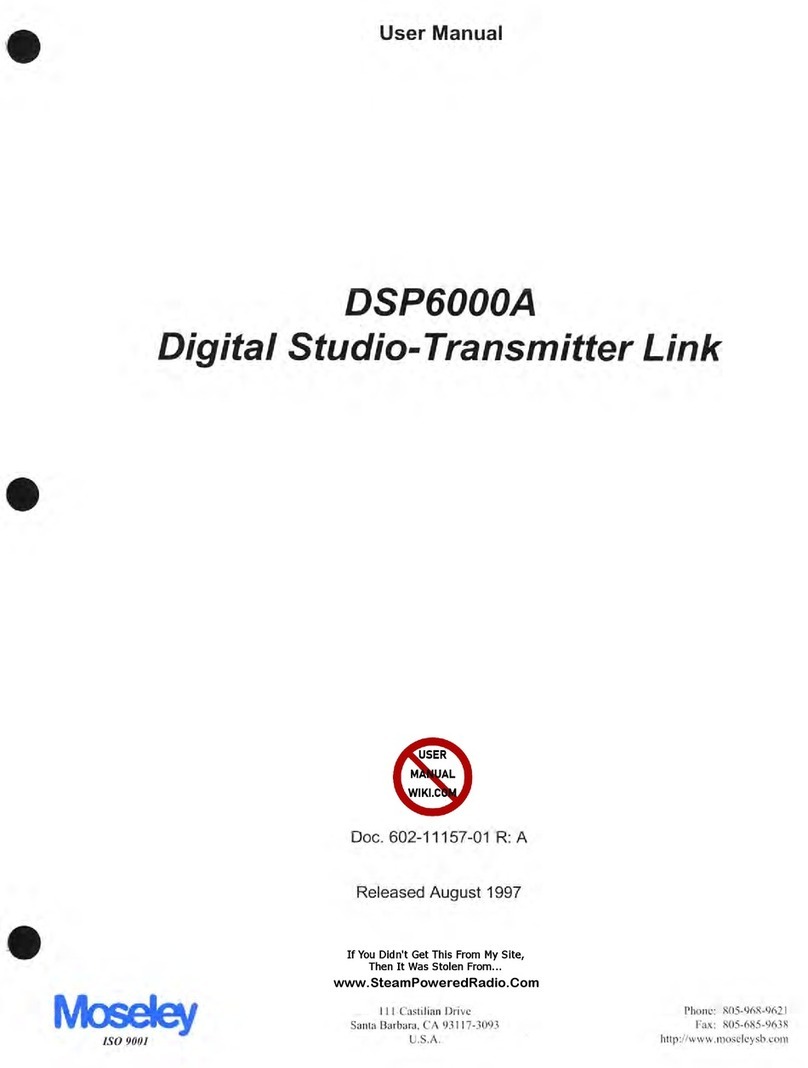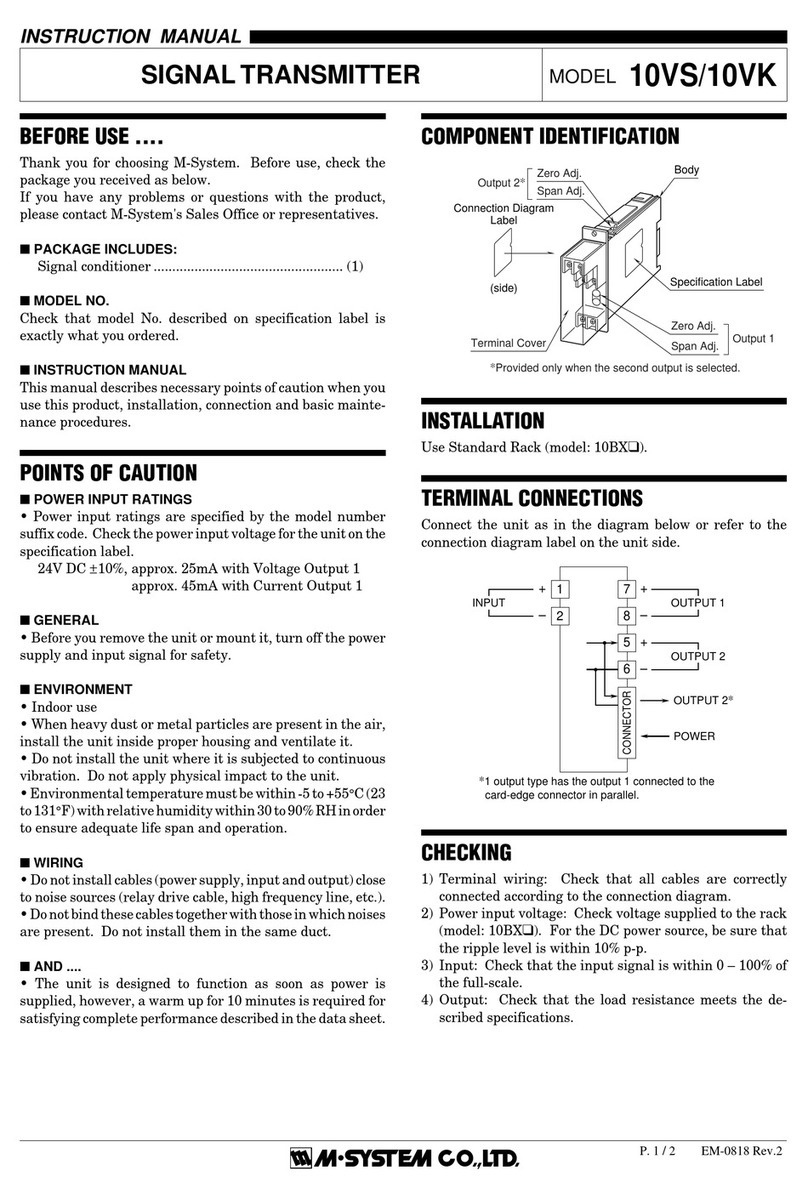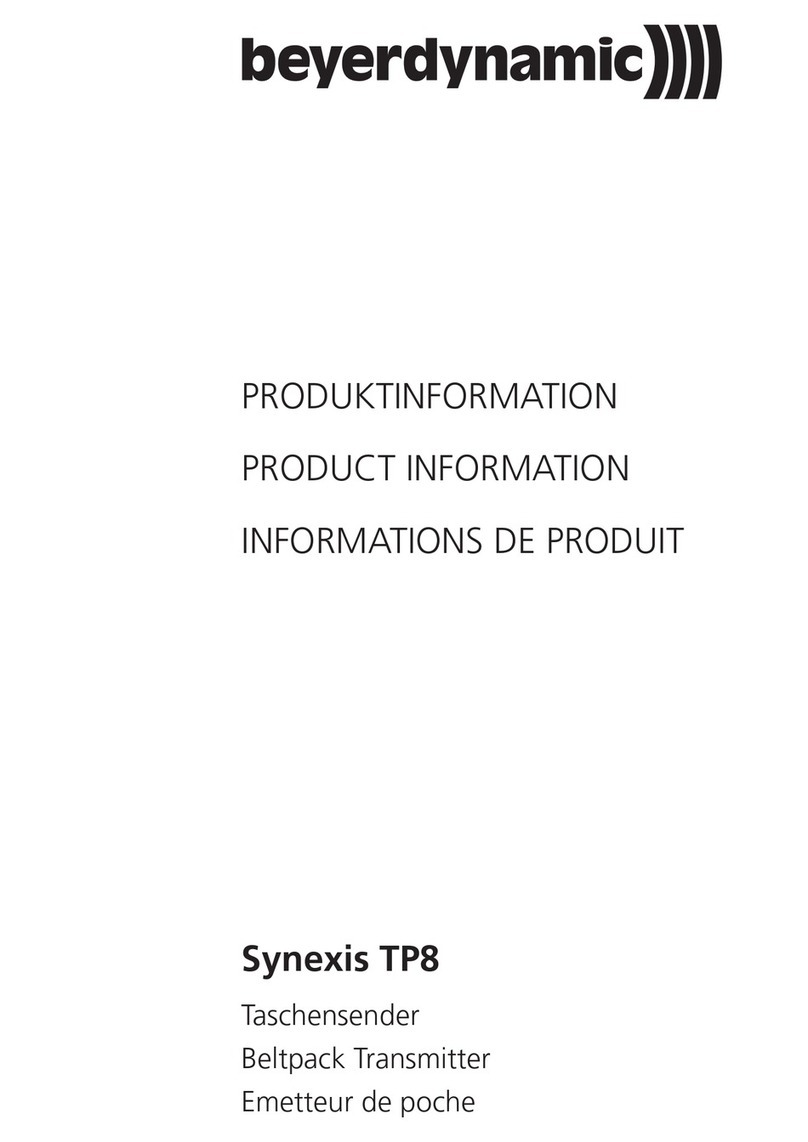AR Modular Wireless System
6
FEATURES
The AR Modular Wireless system is a full 5.1 channel expandable transmitter/receiver
system operating at 2.4GHz. The system uses a variety of methods to provide you with
high resolution, low noise uninterrupted audio. An adaptive "sniff-before-transmit"
algorithm continually checks the operating band for interference from wireless networks,
cordless phones, microwave ovens and other devices. This allows the system to
anticipate interference before it happens so it can jump to an adjacent band. The
system uses an advanced process called Direct Sequence Spread Spectrum (DSSS) to
quickly find the next available free band without losing data. Unlike many wireless
systems, the AR Modular Wireless uses transceivers at both the transmitter and
receiver end. This technology allows each receiver to have its own dedicated
communications channel for delivering Quality of Service (QoS) information back to the
transmitter, or to request retransmission of lost or corrupted packets, determine channel
assignments and serve as a secondary method of measuring interference. The AR
Modular Wireless systems transmits 6 channels of uncompressed CD-quality audio at
16 bits, 44.1kHz sampling rate for a combined bandwidth of over 4 Megabit/second. The
system uses an additional 7 Megabit/second of bandwidth to perform continuous QoS
analysis for high interference immunity. As a result of the high bandwidth capacity, the
AR Modular Wireless system can operate at an extremely low latency, typically less
than 14 msec, without loss of signal integrity. Advanced load-shunt power regulators in
the transmitter keep digital switching noise out of the analog inputs. In addition, a fully
digital signal path is used within the ARWR2 Amplified Receiver to dramatically reduce
hiss, clicks, pops and other noise inherent in many other wireless systems. The AR
Modular Wireless system can use high powered amplifiers in the ARWR2 receiver and
connect to high powered subwoofers with the ARWS3 receiver.
The AR Modular Wireless system is made up of three main components:
• ARWT1 5.1 channel transmitter with 5 speaker-level spring-clip inputs (max
15.5VRMS) and 1 line level RCA Subwoofer/LFE input (max 1.4VRMS)
• ARWR2 Amplified Receiver module with an efficient, high power Class D amplifier
capable of delivering over 60W RMS into a 4 ohm speaker load
• ARWS3 Line Level Subwoofer/LFE module with an RCA output for driving powered
subwoofers
The AR Modular Wireless system employs a unique linking system that allows you to
link any receiver to any channel, and even multiple receivers per channel. You may link
up to 6 receivers per channel without loss of signal integrity. The channels on the
ARWT1 are labeled with the common surround channel designations (Surround Left,
Front Left, Center, Front Right, Surround Right and Sub Line In) but they can be used
for any purpose. The transmitter's 5 speaker level inputs are all full-range inputs using
high quality ADCs (Analog to Digital Converters) to convert your receiver's speaker
outputs to 16 bit 44.1kHz uncompressed CD quality digital sound. The Subwoofer or
LFE line-level input uses the same high quality ADCs, but is bandwidth-limited
specifically for subwoofer use. Though not normally recommended, any ARWR2
receiver may also be linked to the transmitter's line level subwoofer channel and may be
used to drive a small non-powered subwoofer with its internal 60W amplifier.




















